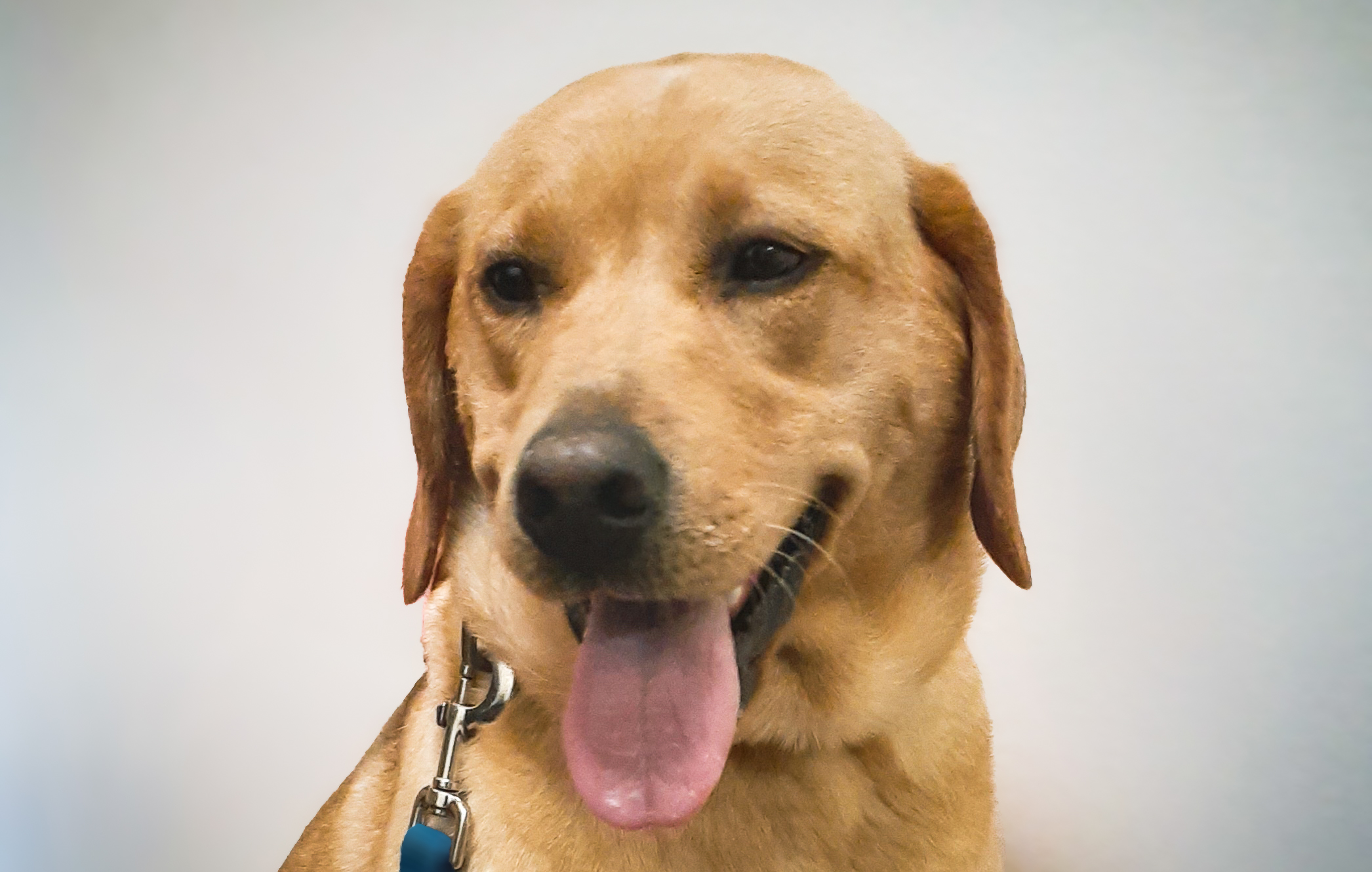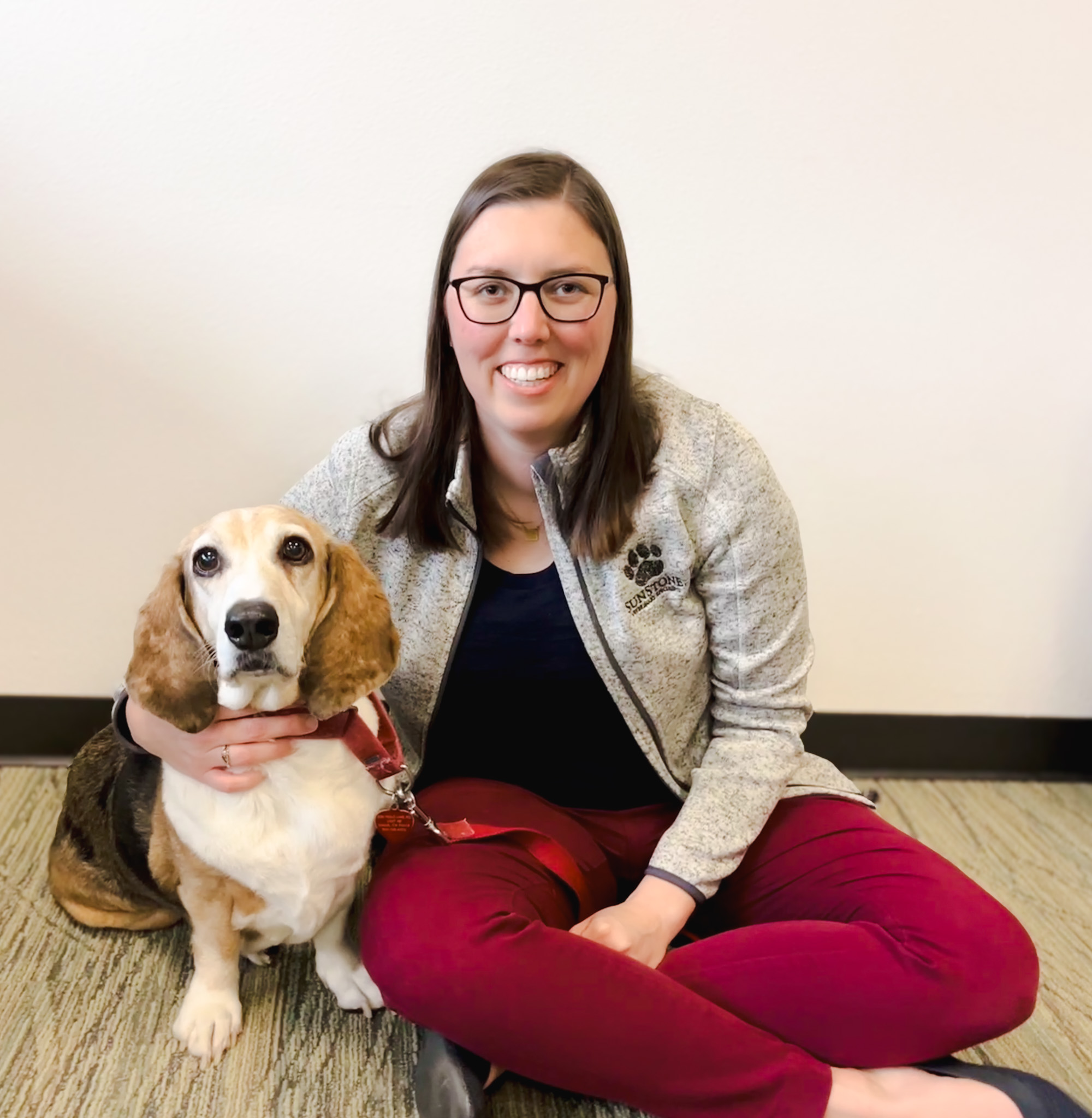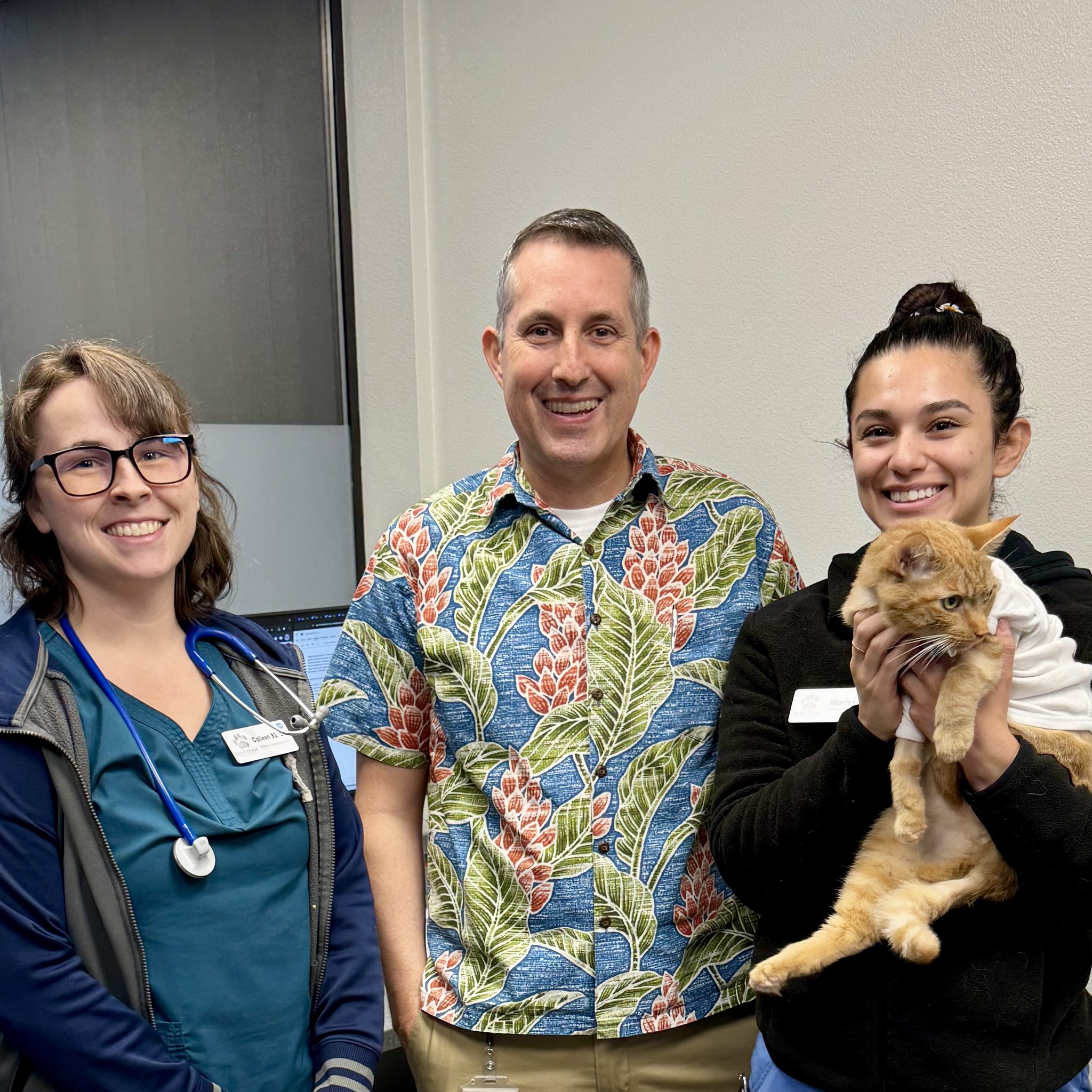If you are reading this blog, your pet has likely been advised to have an abdominal ultrasound for some type of health issue they are having. So, what exactly is an abdominal ultrasound? What are we looking for? What will happen to your pet during this test? This blog will cover the basic questions and concerns you may have regarding this common diagnostic procedure.
The Abdominal Ultrasound
What exactly is an abdominal ultrasound?
In a nutshell, ultrasonography uses high frequency sound waves to create a “picture” of an internal structure. The waves are emitted by a probe that the doctor holds in their hand and scans over the area of interest. These waves can be reflected back, pass through, or absorbed by tissues all of which help to create a picture. Ultrasound is considered a noninvasive test and can be done on any number of body areas. For the purpose of this discussion, we will focus on the basics of abdominal ultrasound.
What is the doctor looking for?
At Sunstone Vets, an exam and consultation is always done alongside an abdominal ultrasound. The doctor will review all of your pets medical records and answer your questions prior to performing the ultrasound.
When one of our Internists performs an abdominal ultrasound, they will be looking not only at the specific area of interest, but all of the abdominal organs. This includes stomach, intestines, liver, gallbladder, pancreas, kidneys, adrenal glands, and urinary bladder, and potentially other structures. This thorough exam helps to ensure that we don’t miss something by focusing on just one area. Fasting your pet (ensuring an empty stomach) helps us get the best picture possible.
We may recommend an abdominal ultrasound in a wide variety of circumstances. Perhaps your pet has elevated liver values and your doctor wants to get a closer look at their liver to check for visual abnormalities. Maybe your dog or cat has chronic gastrointestinal symptoms. An abdominal ultrasound will allow your doctor to get a detailed look at their stomach and intestines, as well other associated structures. Maybe your pet has diabetes mellitus and they want to check for other health problems that may be impacting this disease.
Regardless of the reason your doctor advises it, abdominal ultrasound can provide them with invaluable information that is different from what x-rays or bloodwork can tell us.
What is it like for my pet?
Abdominal ultrasound is not entirely unlike the belly ultrasound that a pregnant woman may receive. Your dog or cat will be lying on their back in a soft padded trough. Our caring staff will gently restrain them while the doctor scans their belly with the probe. They will likely need to have their fur clipped. This is an important step because by clipping the fur and using warm ultrasound gel, we can help ensure good contact between the probe and the belly to get the best picture possible.
Most of the time animals will allow us to complete their ultrasound without any sedation which is great! For anxious pets, we may recommend sedation to ensure comfort and safety. Ultrasound is a relatively painless procedure but some pets may be painful in their belly or other areas from their illness. In such cases, we may give pain medication or sedation to keep them comfortable during the scan.
We typically don’t allow clients to be with their pets during the ultrasound. This lets our team focus fully on your pet and providing the answers you need. Rest assured, we’ll care for your pet like our own until your joyful reunion afterward!
After the Ultrasound
Sometimes the abdominal ultrasound will lead your doctor to recommend further testing. This may include performing lab work (e.g., blood or urine tests), taking needle samples of something they observed, recommending endoscopy or surgery, etc. You and your pet’s doctor will discuss their findings and recommendations for moving forward after the ultrasound in depth.
If you are wanting further information regarding small animal ultrasound, check out this article from Texas A&M University or this one from the University of Illinois.
We hope this blog clarified how and why abdominal ultrasound benefits your pet. Call us to schedule a time to discuss your pet’s case and how we can help!
Until next time,
Katie BS, AAS, CVT, VTS (SAIM) and all of the staff here at Sunstone Veterinary Specialists






